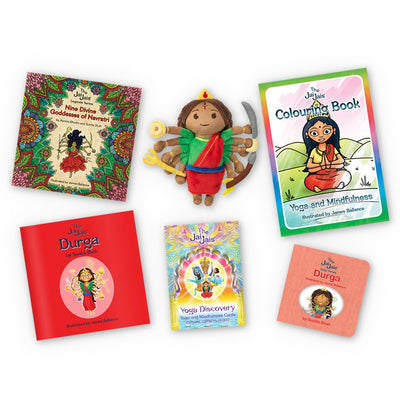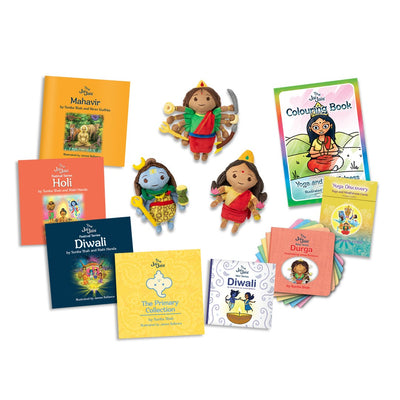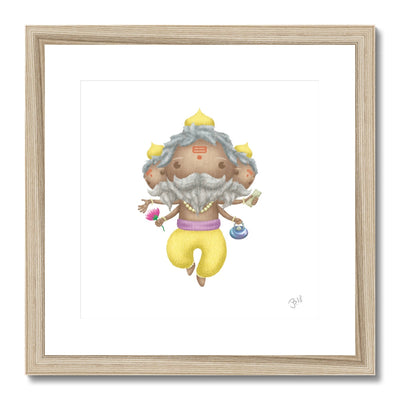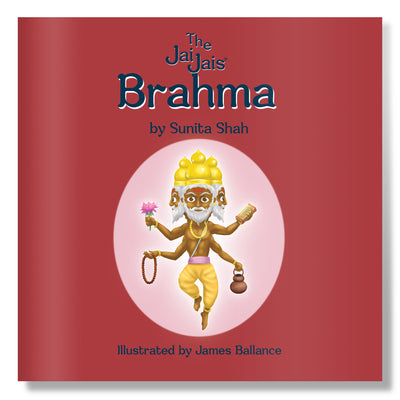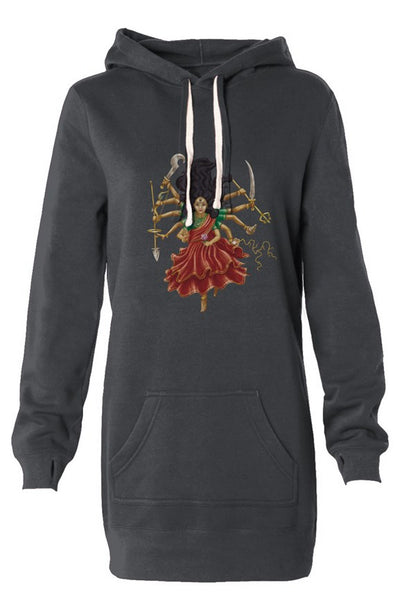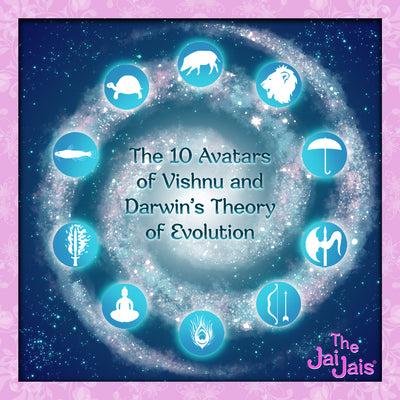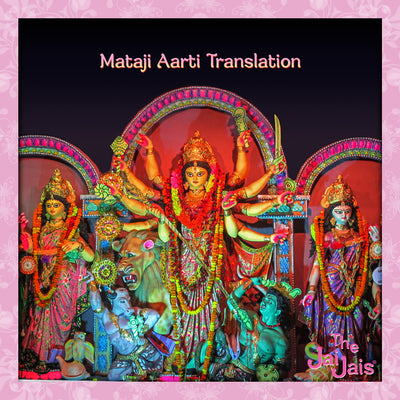GANESH CHATURTHI
Ganesh Chaturthi, is on the 22nd August 2020. In these unprecedented times in the new norm of Covid, the arrival of Lord Ganesh, the “Vighna Harta” (destroyer of obstacles) and the God of New Beginnings will certainly be an event to look forward to. Ganesh Chaturthi is a celebration of the birth of Lord Ganesh that goes on for 10 days.
The main ritual of the festival is bringing the idol of the lord home, making the lord a part of your daily life, only to be sent back to his home on Mount Kailash by immersing him in the water. But how did this festival come to be? And what is the importance of this festival? What is the symbolism behind our beloved elephant god?
THE STORY OF GANESH CHATURTHI
In the Ganapathi Upanishad, Ganesh is identified with the Supreme Self. The legends that are connected with Lord Ganesh are recorded in the Ganesh Khanda of the 'Brahma Vivartha Purana.'
THE CURSE OF THE MOON
It is said that anyone who looks at the moon on the night of the Ganesh Chaturthi will be falsely accused. This story tells how this curse came to be:
Lord Ganesh, who was the son of Lord Shiva and the goddess Parvati, loved sweets. One day when a devotee offered him sweets, Ganesh accepted the treats and spent the rest of the day hoarding them. That night, when it was time to go home, he carried all the sweets along, but when he tripped on a stone and stumbled, all the sweets scattered onto the ground. As he picked up the sweets in embarrassment, Lord Ganesh looked up and saw that the Moon God (Chandra Dev) was laughing at him. Angry, Lord Ganesh cursed the moon for laughing, and for being full of vanity and pride. The Moon quickly rushed to apologise, and when Lord Ganesh recognised the moon’s sincerity, he quickly extended forgiveness. But he said that from that day forward, the moon would no longer be full all the time, but would disappear and slowly reappear over 15 days’ time. Lord Ganesh also proclaimed that since the moon had made fun of him on Chaturthi, for thereafter, anyone who looked at the moon on that date would face troubles and false accusations.
To relieve this curse for anyone who accidentally glances at the moon on Ganesh Charturthi, he or she must recite and listen to the story of the syamantka jewel, found in the 'Puranas,'— the ancient Hindu scriptures:
THE JEWEL
Satrajit, who secured a jewelsyamantakafrom Surya, would not part with it even when Krishna the Lord of Dwaraka, asked for it, insisting that it would be safe with him. Prasena, the brother of Satrajit, went out hunting wearing the jewel but was killed by a lion. Jambavan the bear, of the epic Ramayana, killed the lion and gave it to his son to play with. When Prasena did not return, Satrajit falsely accused Krishna of killing Prasena for the sake of the jewel. Krishna, in order to prove him wrong, set out in search of the jewel and found it in Jambavan's cave, along with his child. Jambavan attacked Krishna, thinking him to be an intruder who had come to take away the jewel. They fought each other for twenty eight days, until Jambavan, his whole body terribly weakened from the hammering of Krishna's fists, finally recognised him as Lord Rama. As forgiveness for his having fought Krishna, Jambavan gave Krishna the jewel and his daughter Jambavati in marriage. Krishna returned to Dvaraka with Jambavati and the jewel and returned it to Satrajit, who in turn repented for his false accusation. He promptly offered to give Krishna the jewel and his daughter Satyabhama in marriage. Krishna accepted Satyabhama as his wife but did not accept the jewel.
Repeating or listening to this story is said to be a remedy to remove obstacles by anyone who looks at the moon on the night of Ganesh Charturthi.
SYMBOLISM OF LORD GANESH
(Ref: The spiritual Indian)
1. Trunk – Symbolic of discrimination power (viveka). Ability to discriminate between right and wrong. Flexibility in trunk indicates that one should not be rigid and should be ready to adapt himself with time.
2. Big ears – Listen more and talk less. while listening digest only those things which are wise and discard all unnecessary things. It also indicates that he listens carefully to the prayers to his devotees.
3. Small mouth – Talk less and only what is essential. 4. Big head – Wisdom and think big.
5. Big belly – The whole world is contained in him. He accepts everything good or bad with the same equanimity. it represents the capacity to absorb all pleasant and unpleasant experiences of the world with grace.
6. Single tusk – One truth or non-duality. Broken tusk indicates at the imperfections of the ever-changing material world.
7. Small eyes – Power of concentration. Elephant eyes can even see small things even from a distance, because his eyes make them look big. Do not judge or see things from a narrow perspective. Do not judge the book from its book cover. look at the bigger picture and at all the angles while giving justice. It also indicates to have a foresight for future.
8. Third eye – To see the world with spiritual wisdom.
9. Modak – Symbolic of gyana (enlightenment) which gives bliss.
10. Tray of Ladoos at Ganesha feet – The luxuries of whole world are at your feet. if you want then you can achieve them with determination. The mind (indicated by mouse or your desires) will be obviously attracted towards them, but you should follow the path of dharma.
11. Four hands – Lord Ganesh is often shown with four hands.
a) First hand is always giving blessings to his devotees and assuring them fearlessness. it also indicates that he can fulfil the desires of his devotees. b) Second hand contains rice ball which indicates the sweet fruit of spiritual sadhana.
c) Noose bearing hand – it represents many things. first, all worldly desires are a noose. Secondly, with noose Ganesh catches the delusion and free his devotees from its effects. Thirdly he uses noose to pull his devotees close to the truth and bind them to the god. d) Ankusha (elephant goad) bearing hand – represents his power and ability to direct his devotees on the right path.
12. One leg resting on the ground and other leg folded up – The leg on the ground indicates that we need to perform our worldly duties (duties of a householder). the leg pointing upwards indicates that in midst of doing these worldly duties we should not forget the divinity within us (god). Do your duties but side by side remember god. Do not lose track of real purpose of life in this materialistic world.
13. Mouse – Symbolic of worldly desires and passions which needs to be overcome. 14 Lotus – Symbol of purity. stay in the world yet do not get attach to the materialistic
world.
15. Crescent moon – Auspicious time to do things. it also represents that this third day crescent moon without blemishes will lead to spiritual growth and attainment of moksha.
16. Veena – Symbolic of nada-brahman, the ever-pervading music of the universe.
17. Snake – Kundalini shakti which we all need to awaken in this lifetime.
18. Hammer – he is the patron of arts, crafts and sculptors.
19. Sugarcane -Elephant favourite food is sugarcane. similarly, the soul hankers for liberation. It is not easy to break the shell of ego (like sugarcane) but once broken then the result is very sweet.
20. Axe – Used for cutting worldly attachments and desires of devotees thus freeing them from sorrow and pain.
21. Om – The cosmic sound which represents brahman (supreme knowledge or supreme soul). Ganesh has realized the brahman and is the deity who controls the muladhara chakra where kundalini shakti resides. Ganesh has the power to unlock the kundalini shakti.
22. Swastika – Mark of auspiciousness, good luck and fortune
Ganpati Bapa Moriya 🙏🏼
By Sunita Shah The Jai Jais


